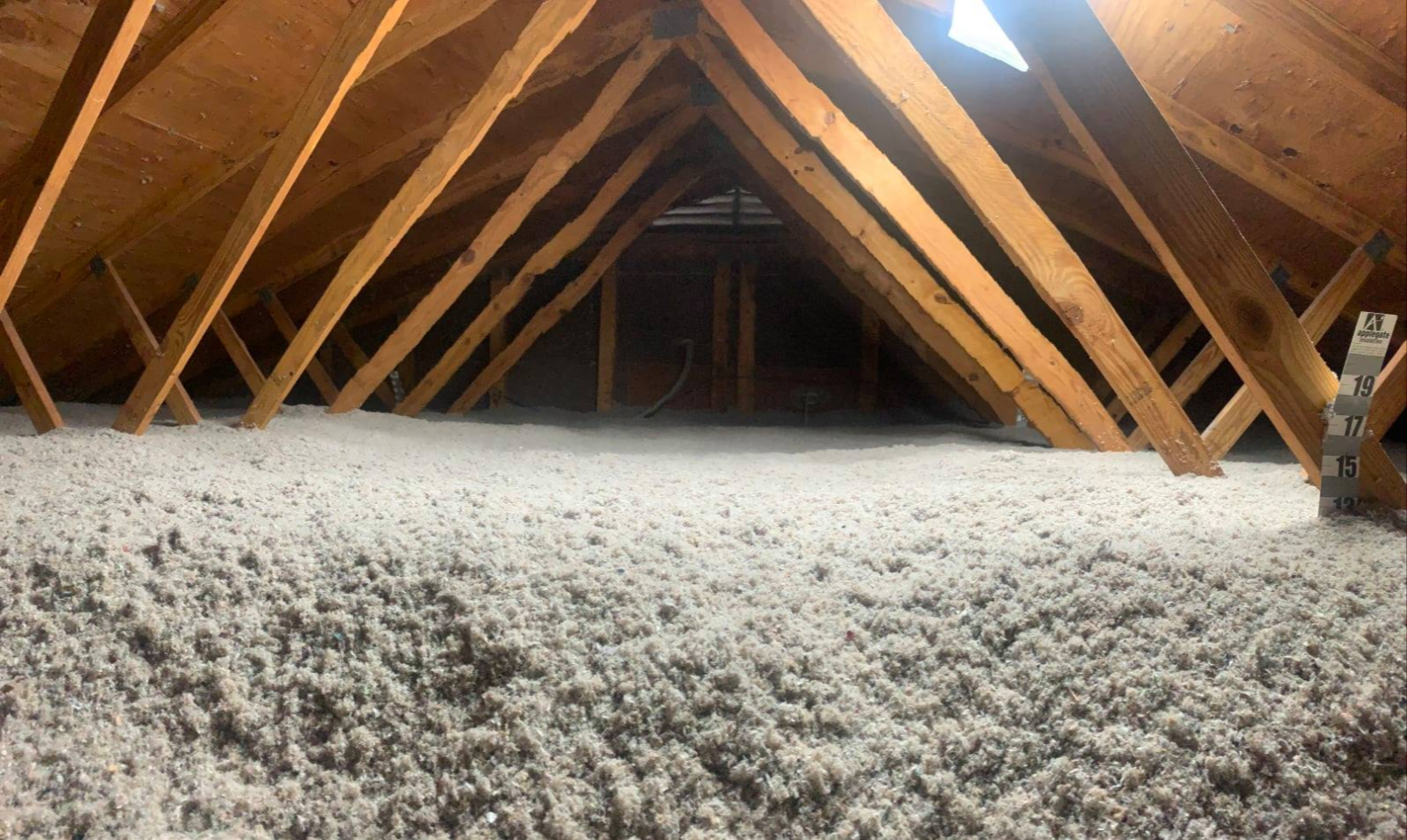Attic insulation plays a key role in maintaining indoor comfort and energy efficiency throughout the year. It prevents heat loss in winter and reduces heat gain in summer, keeping the home’s temperature stable. Without proper insulation, energy costs increase, and living conditions become less comfortable.
By understanding how attic insulation works and why it is necessary, homeowners can make informed decisions about improving their home’s efficiency and comfort.
Attic insulation acts as a barrier that slows down the movement of heat between the attic and the rest of the home. It works by reducing heat transfer through conduction, convection, and radiation:
By installing insulation with the right thermal resistance (R-value), homeowners can control these heat transfer processes, improving their home’s efficiency.
Heating and cooling account for a significant portion of household energy use. Without proper insulation, heating and cooling systems must work harder to maintain the desired indoor temperature. This leads to higher energy consumption and increased utility costs. Proper insulation reduces these expenses by keeping indoor temperatures stable year-round.
Insulated attics prevent drafts, temperature fluctuations, and uneven heating or cooling. Homes without insulation often experience hot or cold spots, making some rooms uncomfortable. A well-insulated attic helps distribute temperature evenly throughout the house.
Since insulation reduces the workload on heating and cooling systems, it helps extend their lifespan. HVAC units that don’t need to work as hard experience less wear and tear, reducing the need for repairs and replacements.
Insulation also plays a role in controlling moisture levels. When warm air meets a cold surface, condensation occurs, leading to mold and mildew growth. By maintaining consistent attic temperatures, insulation helps prevent these issues, protecting both the home’s structure and indoor air quality.
Attic insulation absorbs sound, reducing noise from outside sources such as traffic, storms, or neighbors. This benefit is especially useful for homes in busy areas or near highways.
Choosing the right type of insulation depends on factors such as climate, budget, and existing home structure. The most common options include:
Selecting the best insulation depends on climate, home design, and budget. R-value, which measures thermal resistance, is a key factor. Homes in colder climates require higher R-values to retain heat, while homes in warmer areas benefit from insulation that reduces heat gain.
For the best results, professional assessment is recommended. Insulation experts can identify problem areas, suggest the right materials, and ensure proper installation.
While some insulation types can be installed as a DIY project, professional installation offers better long-term results. Professionals ensure proper air sealing, adequate ventilation, and even distribution of insulation, preventing common mistakes that lead to inefficiencies.
Upgrading attic insulation is a smart investment that improves comfort, reduces energy bills, and extends the life of HVAC systems. Whether you’re looking to replace old insulation or improve efficiency, Nevada Urethane offers expert insulation solutions tailored to your needs.
For a consultation, contact Nevada Urethane at (775) 500-0024 or email [email protected].
Costs vary based on insulation type, attic size, and installation complexity. A professional assessment provides an accurate estimate.
The best type depends on your needs. Spray foam offers superior air sealing, while blown-in insulation provides good coverage at a lower cost.
Insulation can last 20-30 years, but damage from moisture, pests, or settling may require earlier replacement.
DIY installation is possible for batt and blown-in insulation, but professional installation ensures better coverage and efficiency.
Recommended R-values depend on location. Cold climates require R-49 to R-60, while warmer areas may need R-30 to R-49.
Insulation prevents heat from escaping, keeping the roof temperature consistent and reducing ice dam formation.
Yes, proper insulation reduces heating and cooling costs by improving energy efficiency.
Yes, it prevents heat from entering, keeping indoor spaces cooler and reducing air conditioning costs.
Check for consistent indoor temperatures, lower energy bills, and an absence of drafts or ice dams.
Yes, it reduces mold, dust, and allergens by maintaining proper temperature and moisture control.
